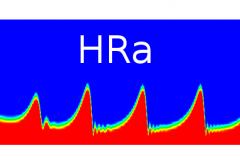This piece was performed during the Xmas Session 2015 at Jazz Institute Darmstadt by the Jürgen Wuchner Workshop Band.
You find the lead sheets here:
JapaneseBossa_C JapaneseBossa_Bb JapaneseBossa_Eb
I would like to add some remarks on the harmonic background. The melody consists of a Japanese pentatonic. This can be built by a major pentatonic where the major third is substituted by a minor third and the second note becomes the root. I give an example:
D major pentatonic: D E F# A B
Major third is substituted by minor third: D E F A B
Second note becomes root: E F A B D
When I harmonised the melody, I did not do the last step. To stay within the example, I kept D as the root.
